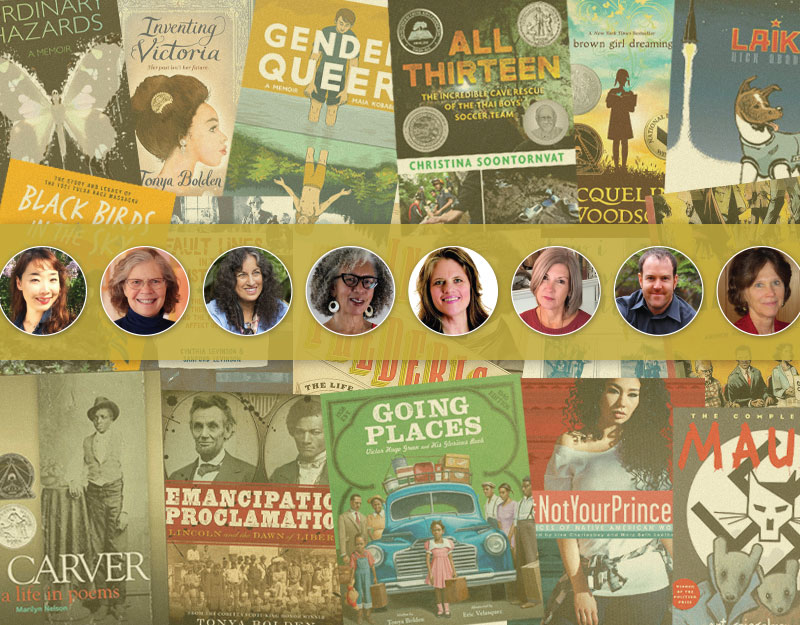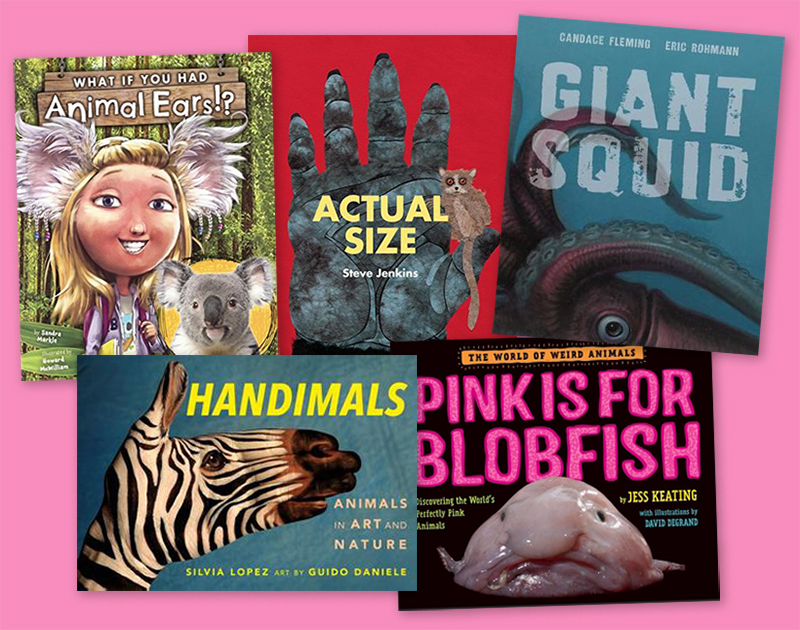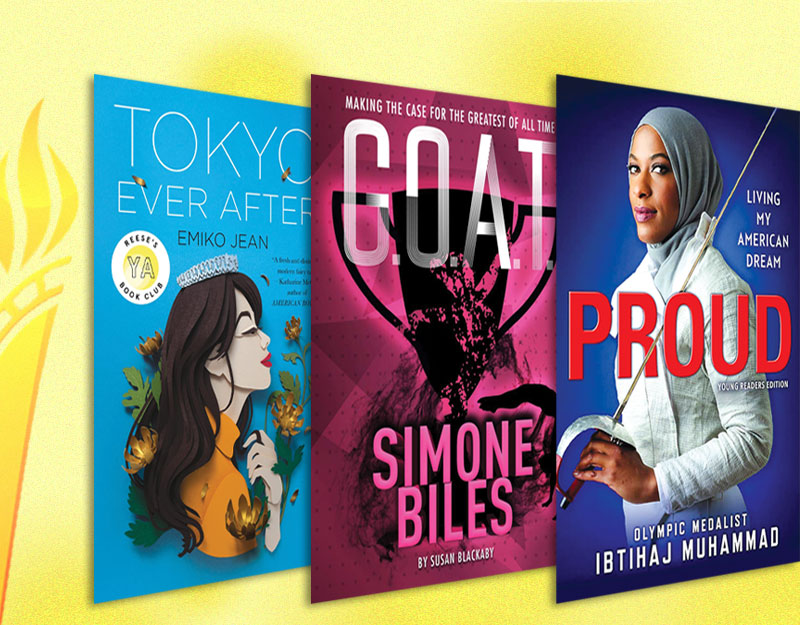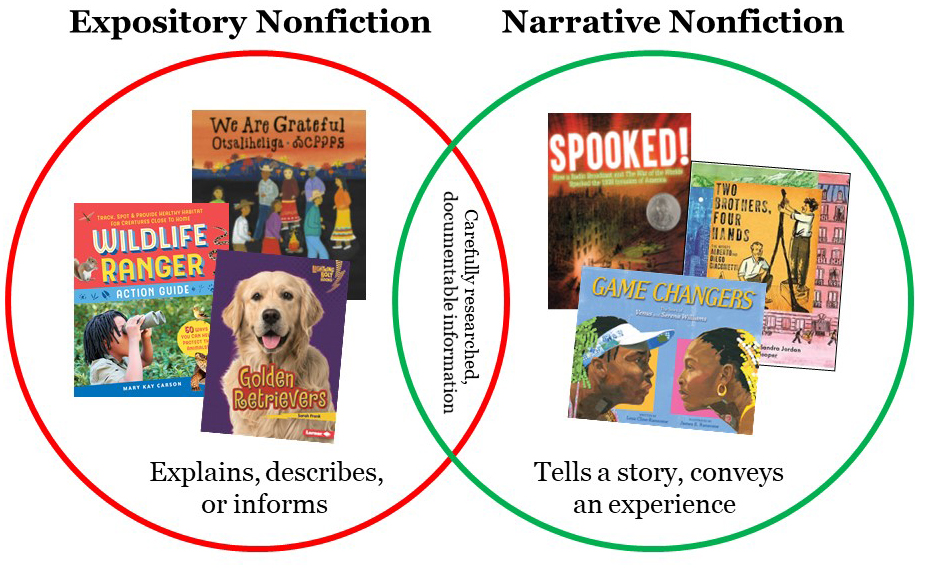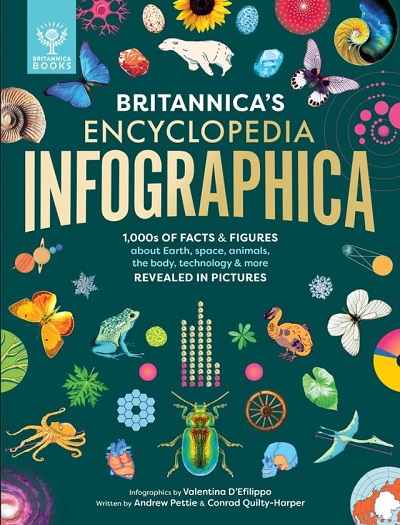Complicating and Celebrating Identity: Where Are You From?

Where Are You From?
Written by Yamile Saied Méndez; illustrated by Jaime Kim
Published by HarperCollins, 2019
ISBN #978-0-283993-0
Grades K and up
Book Review
The titular question of this picturebook is one that anyone who appears or sounds different in a given social community has probably heard. Though simple in its phrasing, the implications for asking and answering “Where are you from?” are anything but simple, and the book opens with a young child answering, “I’m from here, from today, same as everyone else,” to the dissatisfaction of others who have asked her. Writing from the child’s perspective, Argentine-American author and Walter Dean Myers Grant recipient (diversebooks.org) Yamile Saied Méndez treats the issue with impressive tenderness. As the young protagonist learns when she asks her abuelo for help, identity is not synonymous with place. Nor is the notion of “place” monolithic; her abuelo’s response encompasses a range of geographical features, weather, animals and plants, daily activities, and human spirit found within any physical area. In fact, the only answer that truly satisfies is the understanding that where we are from is intimately tied to what is in our hearts. Jaime Kim’s watercolor and digital illustrations wrap the lyrical text with a warm palette of natural colors, reinforcing how the notion of place extends beyond singular racial, ethnic, linguistic, or political associations. A beautiful text to incorporate into any classroom, Where Are You From? will provide a wellspring of meaningful conversations for your students.
Teaching Ideas and Invitations
K and up
Text Set: Where Are We From? Pair this book with George Ella Lyon’s poem, “Where I’m From” to engage students into an inquiry into their own understanding of identity and place. How are they similar and different in terms of explaining these concepts? Encourage your students to create their own identity and place poem, using either Where Are You From? (i.e., asking a family member) or “Where I’m From” (i.e., providing statements without a question) as a mentor text. Share students’ poems in a publishing party to learn more about each other, build classroom community, and celebrate what they share in common and what makes them unique. Don’t forget to model this for students by writing your own poem and sharing it with them. Invite family, school, and community members to join the celebration.
ADVERTISEMENT
ADVERTISEMENT
Text Set: Questions about Identity. “Where are you from?” is ultimately a question about identity, and it’s one that many grapple with over the course of a lifetime. Share this book with students in a text set with Paige Britt’s Why am I Me?, Patti Kim’s Here I Am, Mem Fox’s Whoever You Are, and Patricia MacLachlan’s What You Know First to consider what kinds of knowledge, skills, relationships, and experiences contribute to one’s identity. Support your students in exploring these questions to help build the foundations for self-acceptance, self-appreciation, and self-love. Extend these discussions into opportunities for expressing their answers via a host of different modalities: writing, visual art, music, drama, spoken word, etc.
Text Set: Where I’m From and Where I’m Going. Another version of the previous teaching invitation is to pair Where are You From? with Yuyi Morales’ award-winning picturebook, Dreamers, and Juan Felipe Herrera’s Imagine to frame students’ thinking about the dreams and goals they hope to achieve in the future, as well as the knowledge, skills, relationships, and experiences from their past and present that can help them in the process. What strengths have they developed as a result of being from a certain place, and how might those strengths move them closer to achieving their dreams and goals? Again, provide students with opportunities to share their answers via the expressive modalities that best showcase their strengths.
The Wisdom of Our Elders. When the book’s protagonist seeks help from her abuelo, she gets much more than an answer. With the help of your school or local librarian, gather a set of text that showcase intergenerational relationships in which young people learn about life from their elders. Some titles include Matt de la Peña’s Last Stop on Market Street, Paul Fleischman’s The Matchbox Diary, and Eric Velasquez’s Grandma’s Gift. Invite students to sit with senior citizens in their families and communities (you may want to have them be guest speakers in your classroom, or you may want to arrange a fieldtrip to a local community senior center). Before doing so, brainstorm as a class a list of questions they might want answered by someone who has experienced the ups and downs of life much longer than they have. Facilitate conversation between your students and the seniors, and encourage them to create a piece of writing or artwork that captures the wisdom and experience passed on from one generation to the next.
Writing about Place via Mentor Texts. Describing a place or a setting well, whether in fiction or nonfiction, can be a tricky feat. Many consider setting to be simply a time and place, but it is so much more than that. Along with time and place come the social norms, political issues, and emotional zeitgeist specific to an era or location. Place can also include geographical features, climate, and plant and animal life associated with the area that impact people’s daily lives. Gather a selection of texts or textual excerpts that specifically highlight the complexity of setting, such as Junot Diaz’s Islandborn, Derrick D. Barnes’ Crown, Juana Medina’s Juana & Lucas, Atinuke’s Anna Hibiscus, Caroline Starr Rose’s Over in the Wetlands, Thomas F. Yezerski’s Meadowlands, and and Claire Vanderpools’ Moon over Manifest. What details in those pieces catch their attention? Share these titles with students as mentor texts, and then have your students write or revise a piece of writing to describe a setting in richer detail.
Sensing and Documenting What Makes a Place. Take students on a mini-fieldtrip to someplace outside the school (e.g., a park, a shopping center, a food court) or inside the school (e.g., the gym, the auditorium, the cafeteria). Have them sit with pen and paper, or tablet and stylus, to record their observe what makes that particular place unique and meaningful. Highlight specifically how their senses can heighten their observations: what do they see, hear, smell, feel, and taste? Back in the classroom, have students compile their answers to create a class document that collectively and robustly describes the shared place they observed.
Critical Literacy
Grades 3 and up
Asking “Where Are You From?” As Yamile Saied Méndez shows, the question, “Where are you from?” is not really an easy one to answer. It is also a controversial one, as the intention behind the question is not always innocent and can communicate notions of exclusion, othering, exoticism, and stereotype (i.e., “Where are you from because you don’t look like you fit in here?” or “You sound a certain way, so you must be from a different place”). Especially in diverse areas, some might argue that it really is an innocent question, serving to celebrate that diversity. How have your students encountered the question in their experiences so far? How have they perceived the intention behind it, and how did they answer it? With older students, ask who holds power in that situation, and how can power be distributed more equitably and justly. As you engage students in this conversation, share some of the titles below as points of reference and other perspectives.
Further Explorations
Online Resources
Yamile Saied Méndez’s website
Yamile Saied Méndez interviews
https://blog.leeandlow.com/2015/04/16/meet-our-new-visions-award-finalists-part-iii/
“Where I’m From,” by George Ella Lyon
We Need Diverse Books
Books
Barnes, D. D. (2017). Crown: An ode to the fresh cut. Ill. by G. C. James. Bolden, Agate Publishing.
Britt, P. (2017). Why am I me? Ill. by S. Qualls and S. Alko. New York: Scholastic.
Diaz, J. (2018). Islandborn. Ill. by L. Espinosa. New York: Dial Books.
Fox, M. (1997). Whoever you are. Boston, MA: Harcourt Children’s Books.
Herrera, J. F. (2018). Imagine. Ill. by L. Castillo. Somerville, MA: Candlewick Press.
Hopkins, L. B. (Ed.). (2019). I remember: Poems and pictures of heritage. New York: Lee and Low.
Kim, P. (2014). Here I am. Picture Window Books.
Maclachlan, P. (1998). What you know first. Ill. by B. Moser. New York: Harper Collins.
Martinez-Neal, J. (2019). Alma and How She Got Her Name. Somerville, MA: Candlewick Press.
Morales, Y. (2018). Dreamers. New York: Neal Porter.
Tan, S. (2007). The arrival. New York, NY: Arthur A. Levine Books.
Yezerski, T. F. (2011). Meadowlands: A wetlands survival story. New York: Farrar Straus Giroux.
Filed under: Fiction Picture Books, Picture Books
About Grace Enriquez
Grace is an associate professor of language and literacy at Lesley University. A former English Language Arts teacher, reading specialist, and literacy consultant, she teaches and writes about children’s literature, critical literacies, and literacies and embodiment. Grace is co-author of The Reading Turn-Around and co-editor of Literacies, Learning, and the Body.
ADVERTISEMENT
ADVERTISEMENT
SLJ Blog Network
Further Predictions! Everything That ISN’T Newbery/Caldecott 2025
Hilda and Twig | This Week’s Comics
Wednesday Roundup: Pointing at Poetry
The Seven Bills That Will Safeguard the Future of School Librarianship
Shakespeare, but Make it Queer!: Retelling a Classic Play and My Love/Hate Relationship with William Shakespeare, a guest post by Emma K. Ohland
Gayle Forman Visits The Yarn!
ADVERTISEMENT



